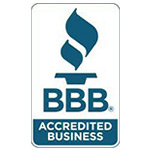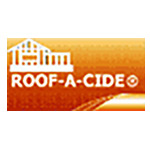Your roof is designed to keep your home safe and intact. But like most components of your home exteriors, it is not indestructible. Over time, it can still suffer damage by the harsh elements. Here are three of the worst threats to your roof and how to deal with them.

1. Tree branches: The trees on your property not only beautify your yard, but also provide shade during sunny days. However, you have to be aware of the branches, which may grow further to the point that they’re already touching your roof. Before they could pose a problem, have an arborist cut them back. Make sure the distance between the roof and the tips of the branches is six feet apart.
2. Animals: A variety of animals can turn your roof into their shelter and breeding grounds. Birds lodge their nests inside gutters while raccoons, squirrels and other related critters can climb up the roof via downspouts or nearby trees and take turns dismantling your roof. Do everything you can to make your property unattractive to animals – use repellents to keep them off your roof, clean your gutters regularly, and keep up with your regular roof maintenance schedule.
3. UV rays: The sun’s ultraviolet (UV) rays play a huge role in the weathering of your asphalt shingle roof. While this is a normal occurrence, it is something to watch out for as it can cause your roof to dry out over time and lose its protective granules. By scheduling a roof inspection, you can replace any shingle pieces that need replacing and ensure the whole system is continuously protecting your home against the elements.
Defending against these worst threats can all be done with the help of the team of experts at Earl W. Johnston Roofing, LLC. We possess the skill and experience required to handle residential roofs of all types. From asphalt to composite, from wood shingle to ceramic tile roofing, local residents can count on us to deliver dependable results every time. Call us now at (954) 989-7794, or fill out our contact form to request a quote. We serve homeowners and businesses in Weston and Coral Springs, FL, and the rest of Broward County.














